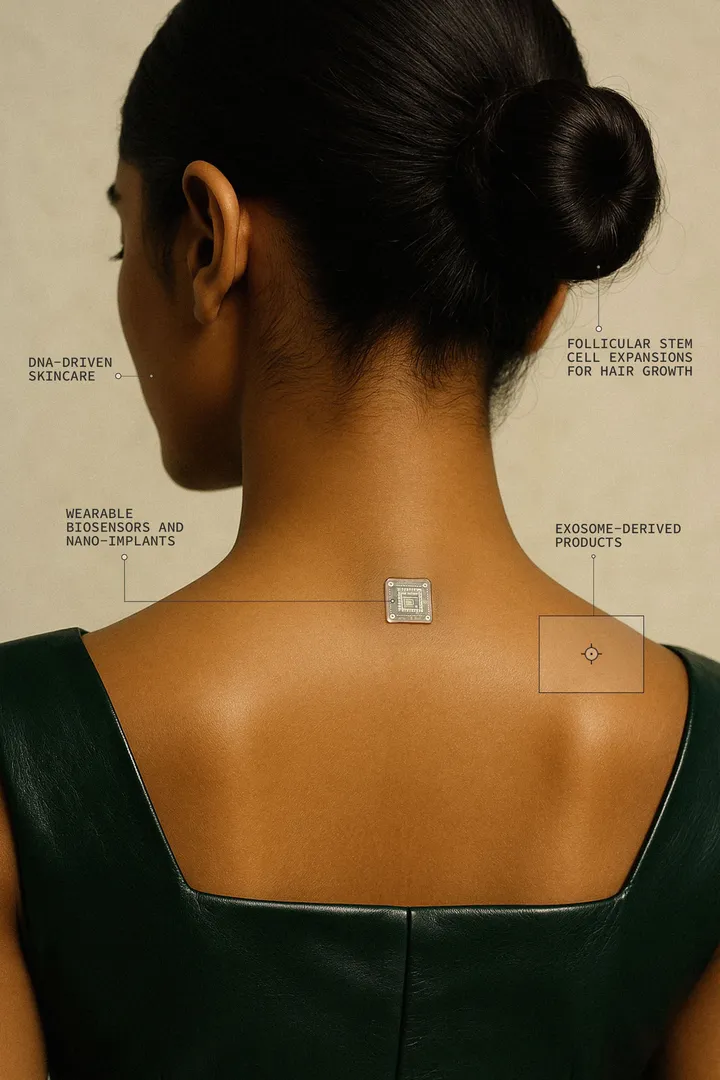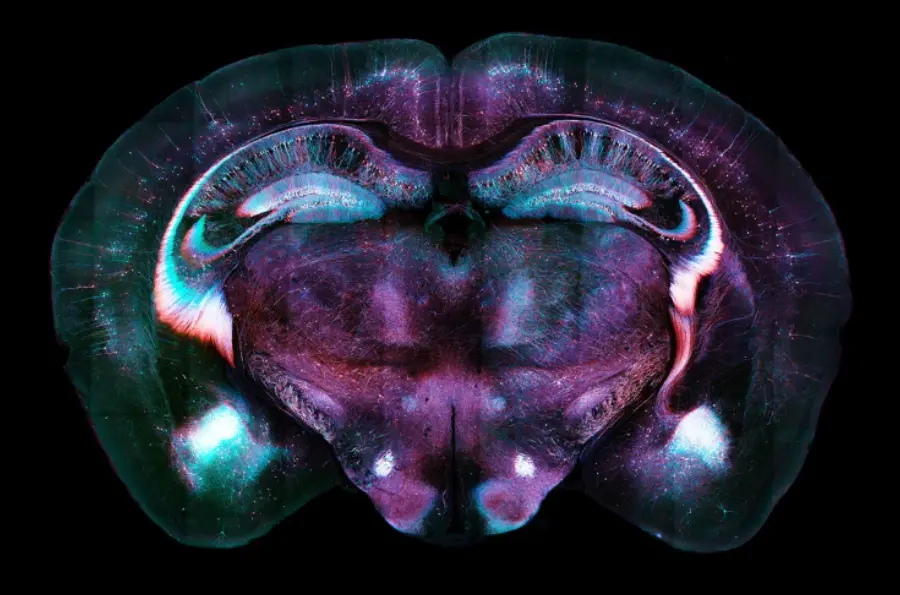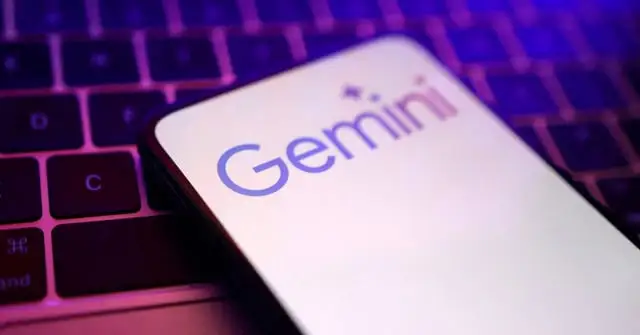A New Era of Beauty Innovation
The beauty industry is undergoing a radical transformation, shifting from generic formulations to hyper-personalized solutions. With advances in genetic science and nanotechnology, skincare is evolving beyond traditional creams and serums, paving the way for DNA-coded skincare and wearable nanobots. These groundbreaking innovations promise tailored treatments designed for an individual’s unique biological makeup, revolutionizing self-care in ways once thought impossible.
The Science Behind DNA-Coded Skincare
For years, skincare has relied on broad categories—dry, oily, sensitive—but what if products could be designed specifically for your DNA? DNA-coded skincare uses genetic profiling to determine your skin’s precise needs, making treatments more effective than ever.
Scientists analyze genetic markers related to collagen production, hydration levels, skin sensitivity, pigmentation, and aging tendencies, allowing for ultra-targeted formulations. If your DNA reveals low collagen production, for example, your skincare regimen will emphasize ingredients that boost elasticity. If your genetic profile suggests higher risk of inflammation, products will be packed with anti-inflammatory compounds tailored to your exact biological needs.
This technology eliminates trial-and-error approaches to skincare, ensuring consumers use products truly suited to their body chemistry.
Wearable Nanobots: Smart Skincare in Real-Time
While DNA-coded skincare creates personalized products, wearable nanobots take beauty care to the next level: active skincare monitoring and treatment. Imagine microscopic robotic devices embedded in skincare patches, serums, or even directly within the skin, constantly analyzing, repairing, and adapting to environmental changes.
These nanobots can perform functions such as:
- Monitoring hydration and nutrient levels
- Detecting early signs of skin damage or aging
- Delivering targeted treatments based on real-time skin conditions
- Responding to environmental factors like pollution or UV exposure
The moment your skin experiences dehydration, for example, nanobots could release hydrating agents precisely where needed. If UV exposure reaches dangerous levels, these bots could apply protective compounds to prevent damage.
In essence, wearable nanobots turn beauty products into dynamic tools that adapt and respond rather than simply sit on the skin.
The Ethical & Commercial Implications
As revolutionary as these technologies are, they raise questions about ethics, accessibility, and commercialization. Will DNA-coded skincare remain exclusive to high-end consumers, or can it be democratized for all? How will companies navigate privacy concerns regarding genetic data? What safety regulations will be needed to ensure wearable nanobots do not pose health risks?
Despite these concerns, experts predict that by the next decade, DNA-coded skincare and wearable nanobot technology will become mainstream. Just as AI has transformed industries from healthcare to finance, beauty technology is poised to redefine how we understand and care for our skin.
The Future Is Personalized
Gone are the days of choosing skincare based on vague labels or influencer recommendations. The beauty industry is becoming an exact science, where treatments are customized, responsive, and dynamic. DNA-coded skincare and wearable nanobots mark the beginning of an era where self-care is tailored to the individual at the most microscopic level.What was once science fiction is rapidly becoming a reality. As technology advances, beauty and biotech will continue to merge, offering solutions that ensure we’re caring for our skin in ways never before possible.







